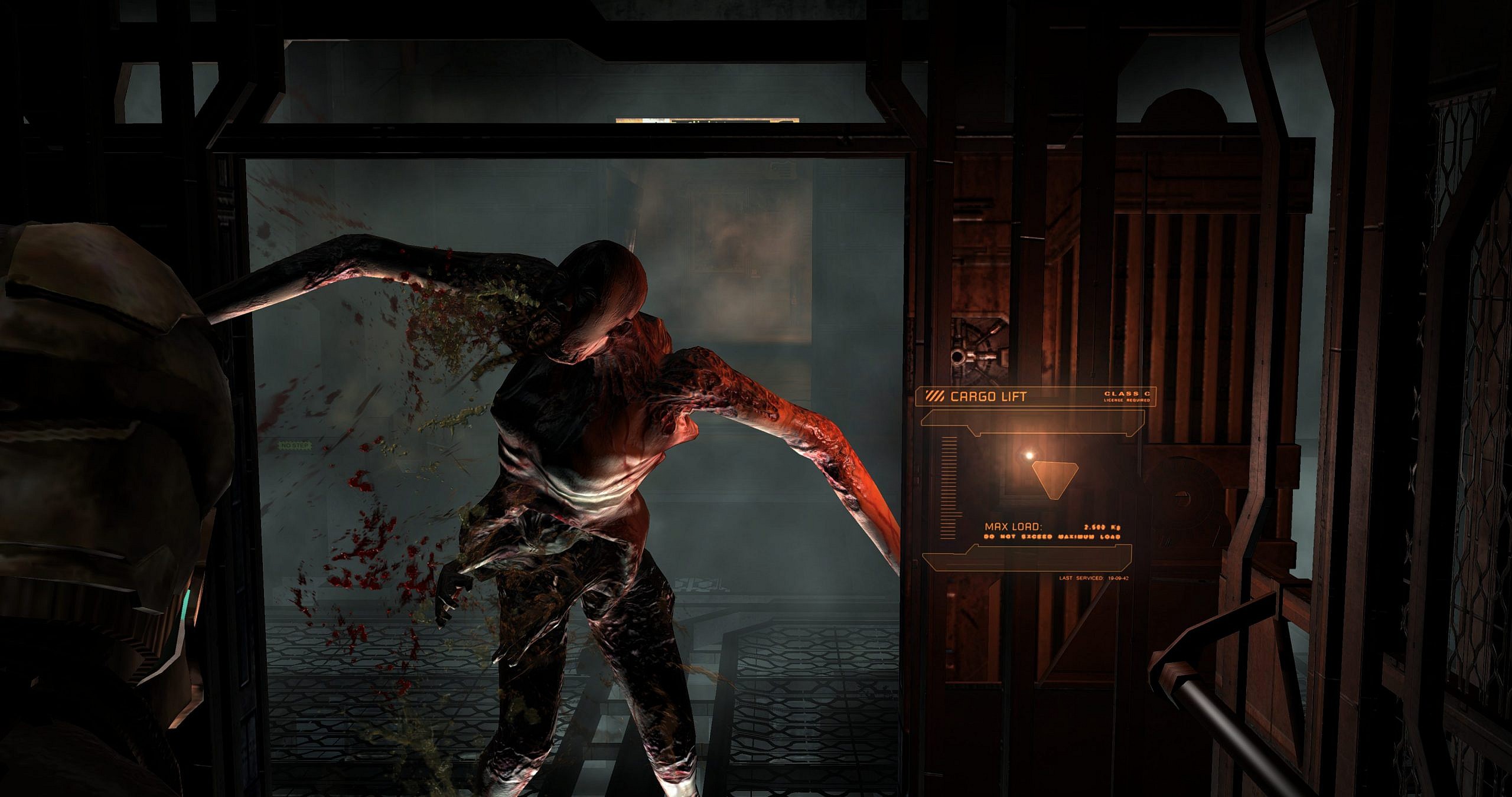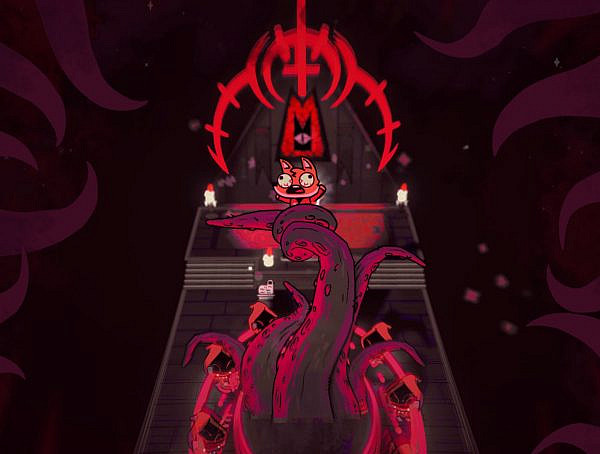Sometimes you are in control, sometimes not. Casper S. Boonen and Daniel Mieritz delve into horror games with their Agency Parameter Model.
In the article “Paralysing Fear: Player Agency Parameters in Horror Games”, Casper S. Boonen and Daniel Mieritz explore what elements control the player’s agency in horror games. Agency is defined here as “a phenomenon that occurs when desired player actions correspond to those supported by an underlying computational model”. Its manipulation is used to elicit horror, terror, and dread in the player – this can convey feelings or messages relevant to horror games. Based on their analysis of six horror games, the authors have approached this topic by developing an agency framework, the Agency Parameter Model.
The model contains three main categories, along with a fourth one, Staging, which envelopes two of the three. These two categories – Player Character and System Parameters – are not absolute and can both overlap as well as phase into each other. The two are also both dynamic and static, while the third category, Player Parameters, is considered purely dynamic. This means that Player Parameters can always change, whereas Player Character and System Parameters can be unchanging or transform over the course of the game.
Staging, the hierarchically highest category, contains the presentation of the in-game world, narrative, and mood. It “communicates the dramatic probabilities and covers the mise-en-scène of horror games”. The game Until Dawn, for example, approaches this with conventional American slasher horror tropes, which it uses to play with the player’s expectations.
Player Character Parameters control the limits of the player character and are divided into two subcategories. The first, Physical Parameters, define when the player can or cannot perform actions that are physically possible or impossible for the player character. This is moderated by factors like the threats and obstacles of zombie hordes and special zombies in Left 4 Dead 2. Psychological Parameters work similarly but are based on the character’s mental state. In Layers of Fear, this takes the form of narrative doubt that frames the rest of the parameters: what exactly is real in the world of the game?
System Parameters limit actions based on the game’s system and the world, and are again divided into two subcategories: Technical and Material Parameters. The first one describes limits caused by the underlying programming of the game. Until Dawn presents these as limited but important choices available to the player, such as dialogue options. The second subcategory contains material aspects that the player character interacts with and/or that can interact with them. An example would be Dead Space, where ammo and other resources need to be managed to ensure survival.
Player Parameters represent “the player’s abilities to execute their intended actions”, and are not affected by Staging, because they depend on the player’s skills. They manifest in games like Dead Space challenging the player’s combat skill or Little Nightmares focusing on hiding, fleeing, and solving puzzles.
Boonen and Mieritz also present a wider agency analysis of Amnesia: The Dark Descent. The game emphasizes Staging: its narrative and gameplay aspects support the amnesiac theme, such as the protagonist mentioning his memory loss and finding his own forgotten notes. The setting is the deeply atmospheric Castle Brennenburg, where the player encounters gory human remains, supernatural elements, monsters, hallucinations, and more. Psychological Parameters are found in the sanity meter, which changes according to the surrounding environment such as monsters and darkness – this ties it back to Staging. Material Parameters are present as the items needed to progress, as well as various light source items, which are directly related to the Psychological Parameters as ways to avoid the darkness. Physical Parameters, in turn, are communicated via the difficulty of moving heavy objects and the inability to fight the game’s monsters.
The article concludes with remarks on multiple areas. Player Parameters are not currently influenced by Staging and are solely dynamic – the authors explain that static parameters like physical handicaps depend on the player in question and are not covered in this game-centric model. Both could be added in a future revision. The model could also be tested with different genres, and while it is not applicable to all horror games, it should work on a preliminary level with most of them. This is, however, limited by its focus on single-player games where the player embodies a “concrete in-game entity”. Boonen and Mieritz emphasize the importance of the narrative as well: it drives the player to act and makes action possible for them. In addition, the authors note that the aim of controlling agency based on the narrative is to make the player assimilate the feelings of the player character and the game’s atmosphere.
Original article: Paralysing Fear: Player Agency Parameters in Horror Games
Author and institution: Casper S. Boonen & Daniel Mieritz, IT University of Copenhagen
Publication: Proceedings of Nordic DiGRA 2018
Published: November 2018
Online: http://www.digra.org/wp-content/uploads/digital-library/DiGRA_Nordic_2018_paper_19.pdf
You might also like
More from Game Research Highlights
How do you want to do this? – A look into the therapeutic uses of role-playing games
Can playing RPGs contribute positively to your wellbeing? A recent study aims to find out how RPGs are being used …
Are Souls Games the Contemporary Myths?
Dom Ford’s Approaching FromSoftware’s Souls Games as Myth reveals the Souls series as a modern mythology where gods fall, desires …
Of claws and cuddles: Exploring Dark Cozy Games
Cute, wholesome, safe....dark, heavy, violent? Let's talk about dark cozy games!

















